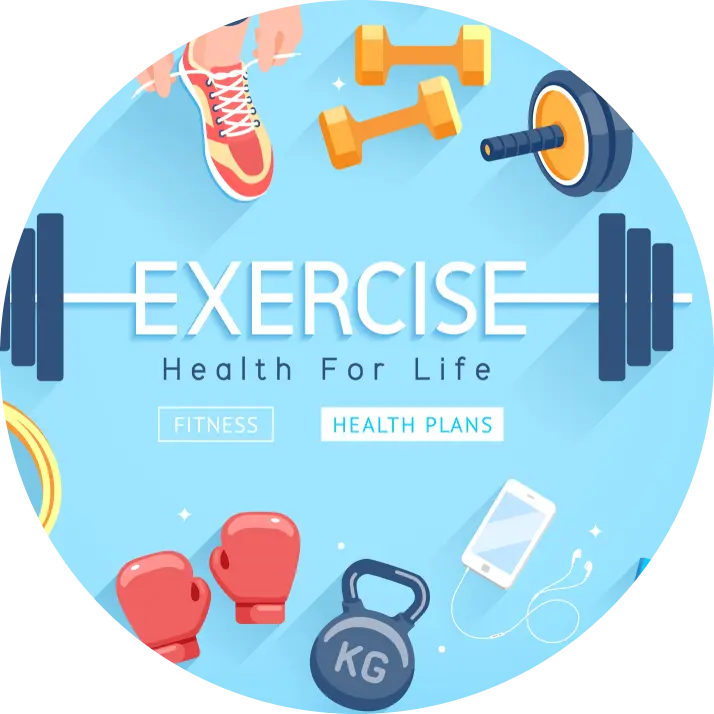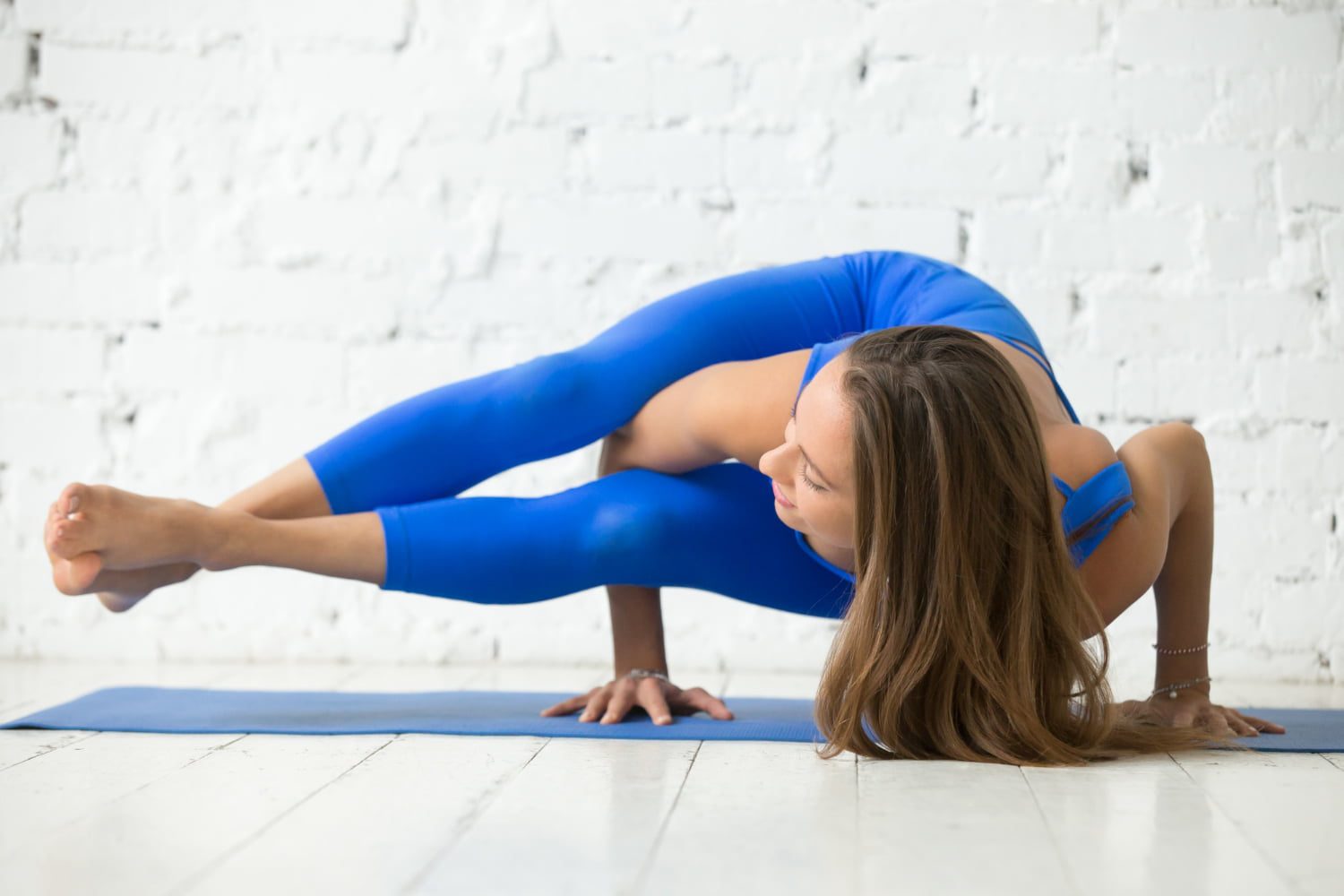Astavakrasana or 8 angle posture is an intense twist that requires not only strength, but also balance to keep the upper part forward with the arms bent supporting the body.
benefits of Astavakrasana.
There are several incredible benefits of practicing Astavakrasana, also known as Eight-Angle Pose, that contribute to both physical and mental well-being. Let’s explore these benefits in detail:
1. Strengthens the core.
Astavakrasana requires a strong core to maintain balance and stability. Regular practice of this pose helps to develop and strengthen the abdominal muscles, including the obliques, rectus abdominis, and transverse abdominis.
2. Tones the arms and wrists.
As you hold your body weight on your arms and wrists in Astavakrasana, it helps to build strength and endurance in these areas. This can be particularly beneficial for those who engage in activities that require arm and wrist strength, such as yoga, gymnastics, or even carrying heavy loads in daily life.
3. Enhances flexibility.
Astavakrasana demands a substantial amount of flexibility in the hips, hamstrings, and shoulders. Consistently practicing this pose can gradually increase the range of motion in these areas, leading to improved flexibility overall.
4. Improves balance and coordination.
Balancing on one’s hands while twisting the body in Astavakrasana challenges and improves balance and coordination. This can have a positive impact on other physical activities, sports, and even daily tasks that require stability and coordination.
5. Boosts self-confidence.
Mastering Astavakrasana requires dedication, patience, and perseverance. As you progress in your practice and successfully hold this challenging pose, it can significantly boost your self-confidence and self-esteem. This confidence can extend beyond your yoga mat and positively influence various aspects of your life.
6. Stimulates the digestive system.

The twisting motion involved in Astavakrasana stimulates the abdominal organs, including the stomach, liver, and intestines. This can aid in digestion, relieve bloating, and promote the efficient elimination of waste from the body.
7. Calms the mind and reduces stress.
Like most yoga poses, Astavakrasana encourages deep, mindful breathing. This conscious breathing, combined with the focus required to maintain balance, helps to calm the mind, reduce stress, and promote mental clarity and relaxation.
8. Develops mental resilience.
Astavakrasana challenges the practitioner both physically and mentally. Persisting through the difficulties and learning to find balance and stability despite the twists and turns can cultivate mental resilience and the ability to face challenges with a calm and composed mindset.
| 💡 Tips FitnessQuora.com Incorporating Astavakrasana into your yoga practice can provide numerous benefits for your overall well-being, both physically and mentally. However, it’s essential to approach this pose with caution and practice it under the guidance of a qualified yoga instructor, especially if you are new to the pose or have any pre-existing injuries or conditions. |
Astavakrasana step by step.
- Instead of starting from Dandasana, we start from the handstand , in a more intense way. From there, lower your left leg, bending your knee toward your left armpit.
- Press your knee toward your arm, pushing toward the midline, and hold there.
- Bring your right foot between your arms to cross it over the left.
- Think of your body as a set of muscles that work as a team, like a perfectly organized block.
- Activate bandhas, raise your hips and lean your body forward while maintaining balance.
Precautions While doing Astavakrasana.
- Warm up your body properly before attempting Astavakrasana to avoid injuries.
- Ensure that you have sufficient core and upper body strength to support your body weight in this pose.
- Practice on a non-slip surface or use a yoga mat to prevent any slips or falls.
- Do not force your body into the pose; listen to your body and only go as far as feels comfortable.
- Engage your core muscles to stabilize your body in the pose and protect your lower back.
- Keep your breath steady and relaxed throughout the pose to maintain balance and focus.
- Avoid practicing Astavakrasana if you have any wrist, elbow, or shoulder injuries.
- If you are a beginner, it is advisable to practice under the guidance of a qualified yoga instructor to ensure proper alignment and technique.
Bottom Line.
Astavakrasana, also known as Eight-Angle Pose, is a challenging yet rewarding yoga asana that requires strength, balance, and flexibility. This pose not only strengthens the core, arms, and wrists but also improves concentration and focus. With consistent practice and proper alignment, individuals can gradually deepen their practice and experience the numerous physical and mental benefits of Astavakrasana. However, it is essential to listen to the body, respect its limitations, and avoid forcing the pose. As with any yoga asana, it is recommended to practice under the guidance of a qualified instructor to ensure proper technique and prevent injuries. By incorporating Astavakrasana into a regular yoga routine, individuals can enhance their physical fitness, cultivate mindfulness, and experience a sense of accomplishment as they progress in their practice.

 Workout
Workout
 Meditation
Meditation





 Contact Us
Contact Us





